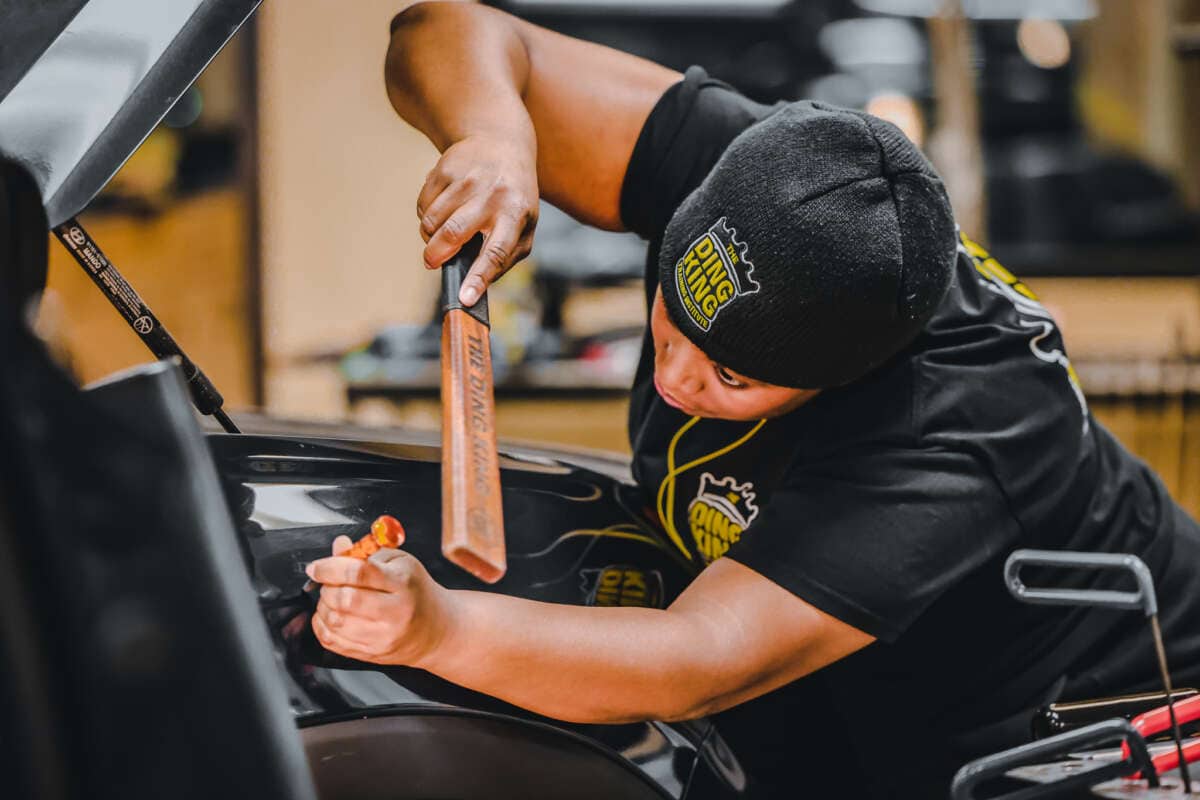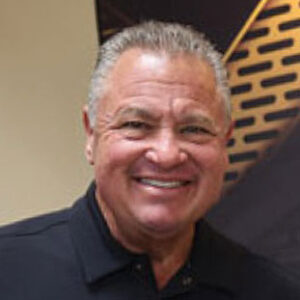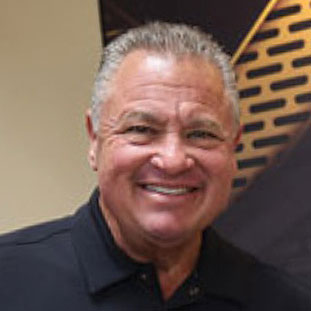Paintless Dent Repair “One-on-One” training is a type of personalized training program that provides individualized instruction to a student by a highly experienced PDR technician. In this training format, the student will have the opportunity to work one-on-one with an instructor, receiving personalized feedback, and guidance.
The “One-on-One” training approach is typically more intensive and focused than traditional classroom-style training. This type of training allows for a customized approach, tailored to the specific needs and skill level of the student. The instructor can identify the areas where the student needs more practice and provide targeted instruction to address those areas.
In Paintless Dent Repair “One-on-One” training, the instructor and student work together in a controlled environment to repair various types of dents, dings, and creases. The instructor provides guidance and feedback on the student’s technique, and the student has the opportunity to ask questions and receive immediate answers.
Overall, “One-on-One” training can be an effective way to learn PDR, especially for those who prefer personalized instruction or have specific areas of weakness that they need to work on. It offers a more hands-on and immersive learning experience than traditional classroom-style training, allowing for a more rapid acquisition of skills and knowledge.
We have found that learning PDR in a small group is far more beneficial as you have more instructors and receive a lot of 1-on-1 over-the-shoulder instruction. Whether to prefer Paintless Dent Repair (PDR) training in a small group with two or three instructors or not would depend on individual preferences and learning styles. Here are some factors to consider:
Advantages of small group training with two or three instructors:
- More personalized attention: With multiple instructors, there will be more opportunities for students to receive individualized attention and feedback on their technique.
- More diverse perspectives: Having multiple instructors can provide students with different perspectives on PDR techniques and approaches.
- Collaborative learning: Working in a small group can facilitate collaboration and teamwork among students, creating a more dynamic and engaging learning experience.
Disadvantages of small group training with two or three instructors:
- Higher cost: Training with multiple instructors may cost more than individual or group training with a single instructor.
- Limited practice time: With multiple students, there may be less practice time available for each individual.
- Potential for information overload: With multiple instructors providing input, there is a risk of students becoming overwhelmed with information.
Ultimately, the decision to prefer small group training with two or three instructors will depend on your personal preferences and learning style. Some students may thrive in a collaborative environment with multiple instructors, while others may prefer a more individualized approach. It is essential to research and compare different training programs to determine which one is best suited for your needs and preferences. Speak to your Ding King advisor for more information.






